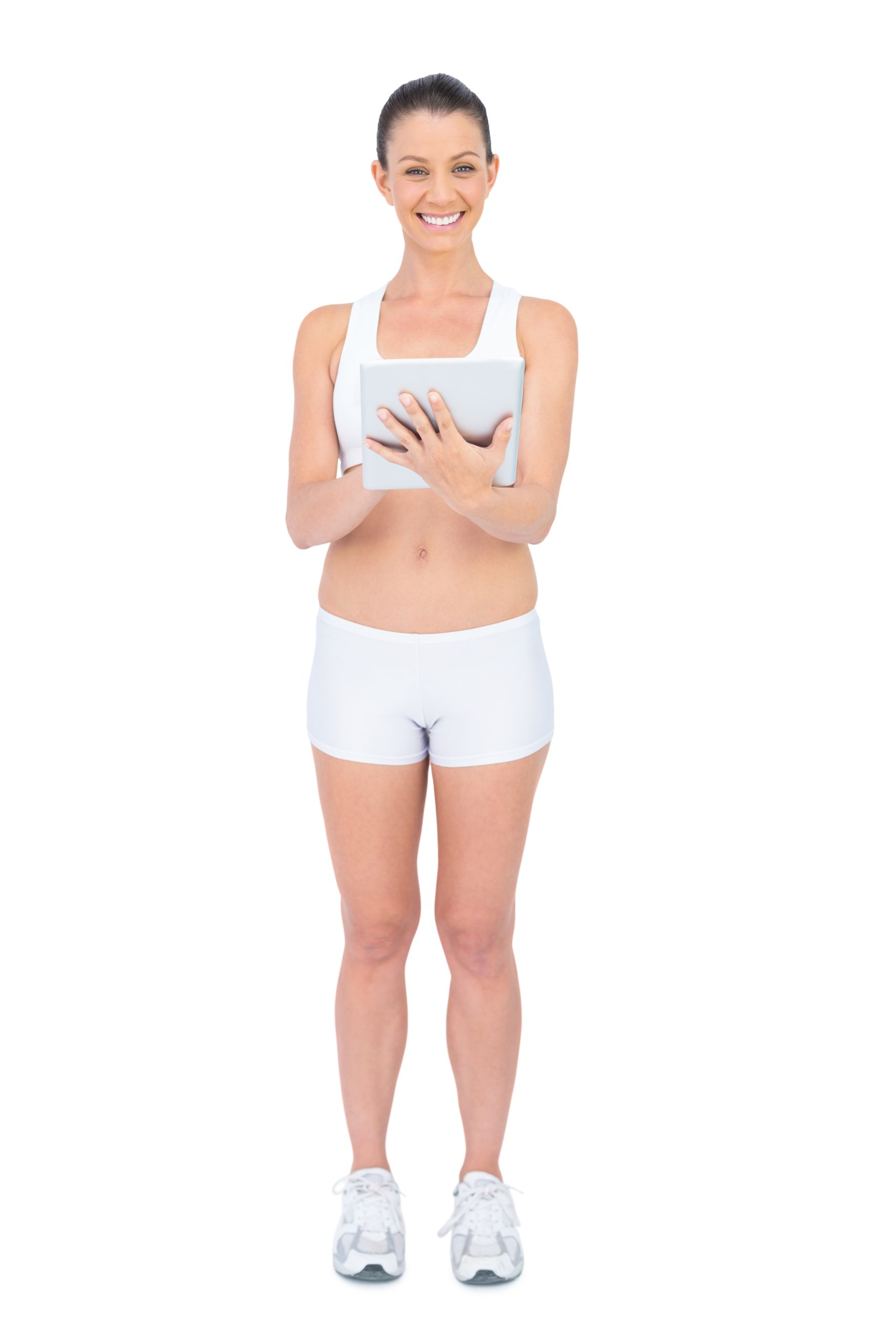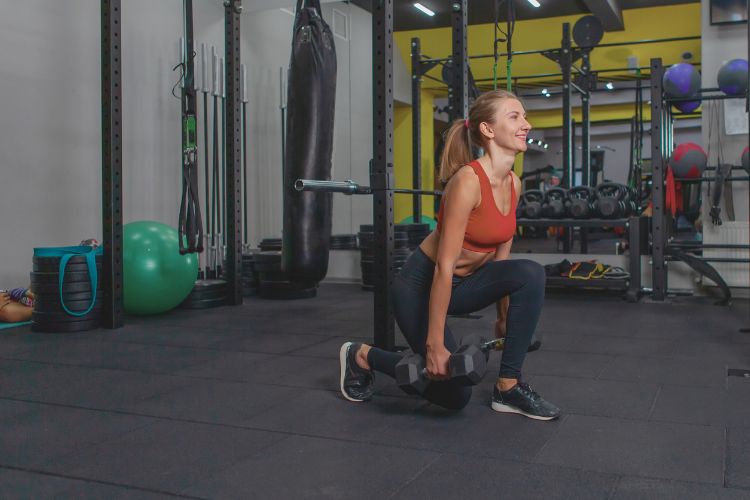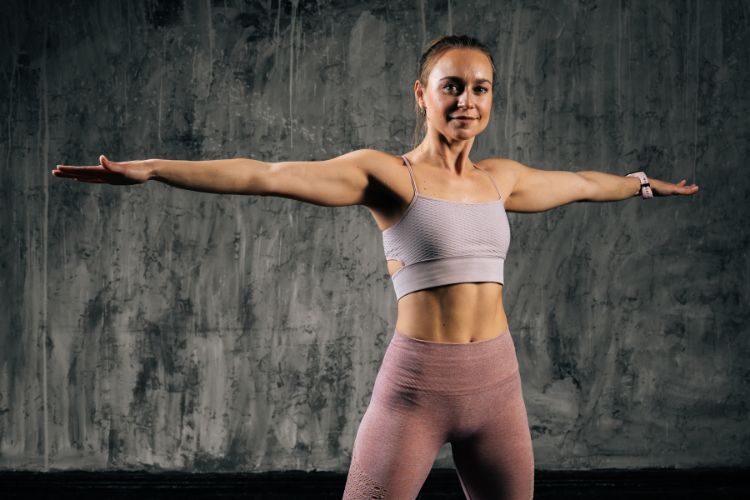Sign up for workout ideas, training advice, reviews of the latest gear and more.






Stiff muscles, tight hips, and low back tension are problems almost everyone experiences—especially women balancing busy routines, long work hours, and daily responsibilities. The good news? You don’t need a long stretching session to feel looser, more mobile, and energized. A 15-minute full body flexibility workout can dramatically improve how your body moves and feels. This quick routine is designed to increase mobility, reduce soreness, improve posture, and enhance functional movement—all from the comfort of your home. Whether you’re warming up before a workout or winding down after a long day, this efficient flow delivers noticeable benefits in just minutes.
Flexibility is essential for better workouts, easier daily movement, reduced injury risk, and long-term health. Yet many women skip stretching simply due to lack of time. This workout solves that problem: it’s short, balanced, and structured to target your entire body in a seamless sequence. In only 15 minutes, you’ll stretch your hips, shoulders, back, legs, and core—while improving circulation and releasing built-up tension. Let’s dive into the full routine, its benefits, and how to make flexibility training a consistent part of your self-care and fitness lifestyle.
A structured flexibility flow is far more effective than random stretching because it follows a targeted, progressive pattern. This 15-minute routine includes a smart combination of dynamic stretches, static holds, and mobility movements, each chosen to improve joint range of motion and muscular elasticity. Even a short session can significantly reduce tension in your neck, lower back, hips, and hamstrings—areas that commonly grow tight from sitting, driving, long shifts, strength training, or high-impact workouts.
Not only does this routine help you move better, but it also supports better strength performance, improves posture, increases circulation, and reduces the tightness that contributes to discomfort during everyday activities. A short flexibility workout boosts physical recovery, calms the nervous system, and leaves your body feeling open and refreshed.
Flexibility work is one of the most overlooked pillars of fitness. It’s easy to focus on HIIT, strength training, or cardio while ignoring mobility, but regular stretching can be the difference between feeling stiff and feeling strong.
Flexibility training helps elongate stiff muscles, relieve tension, and promote better circulation. This leads to less soreness after workouts and easier recovery.
Sitting all day causes the chest to tighten, hips to shorten, and the back to round. This routine opens key muscle groups to help restore alignment and balance.
Flexible muscles move through full range of motion, improving exercise form, stability, and power output.
Tight muscles are more prone to strain. Increasing flexibility builds resilience and reduces injury risk during workouts and daily tasks.
Mobility work increases oxygen flow, reduces stress, and helps you feel both mentally and physically lighter.
Simple activities—bending, turning, lifting, standing—become easier when your joints and muscles move freely.
Maintaining flexibility as you age helps preserve independence, movement quality, balance, and joint health.
This routine moves from the neck down to the legs and hips, ensuring a complete, balanced full-body stretch. You won’t need any equipment—just a yoga mat and a quiet space.
Move slowly, breathe deeply, and never force a stretch. Aim to stretch just until you feel gentle resistance—not pain.
Before you begin deeper stretching, start with a light warm-up to increase blood flow and prepare your muscles.
Lift your knees gently, swing your arms, and breathe deeply. This stimulates circulation and warms your lower body without strain.
Roll your shoulders forward for 15 seconds and backward for 15 seconds. This eases tension in your upper back and neck.
Stand tall and rotate your torso side to side, allowing your arms to swing naturally. This helps loosen the spine and core.
Move onto your hands and knees, arch your back (cow), then round it upward (cat). This mobilizes the spine and warms up your core.
These stretches target your neck, shoulders, chest, and upper back—areas that commonly stiffen due to stress, computer work, and poor posture.
Sit or stand tall. Gently tilt your right ear toward your right shoulder, feeling a stretch along the left side of your neck. Hold for 30 seconds, then switch.
This helps relieve tension from long hours of looking down at screens or devices.
Interlace your fingers behind your back, straighten your arms, and gently lift your chest. Hold for 30 seconds.
Repeat, focusing on opening the shoulders and expanding the ribcage.
A tight chest contributes to rounded shoulders; this stretch corrects that imbalance.
Bring your right arm across your chest and gently pull it closer with your left hand. Hold for 30 seconds, then switch.
This stretch releases the rear deltoids and upper back muscles that often become tight from carrying bags, lifting weights, or long hours of seated work.
Interlace your hands in front of your chest, round your back, and push your hands forward while tucking your chin.
This creates a deep stretch between your shoulder blades and helps counteract slouching.
A flexible spine enhances mobility, reduces back pain, and improves stability for all workouts.
Stand tall with feet shoulder-width apart. Reach your right arm overhead and lean left, then switch.
This stretch elongates the obliques and improves side-body flexibility.
Sit with legs extended. Bend your right knee, place your right foot outside your left leg, and twist gently to the right. Hold 30 seconds. Switch sides.
This helps decompress the spine and enhances rotational mobility.
Lie on your stomach, place your hands under your shoulders, and gently lift your chest while pressing your hips into the mat.
The cobra stretch opens the chest, strengthens the lower back, and promotes spinal extension.
This section focuses on hips, glutes, hamstrings, and quads—critical areas for mobility, balance, and healthy movement.
Step into a forward lunge with your right foot forward. Drop your left knee and shift your weight forward, feeling a stretch in your left hip. Hold 1 minute. Switch sides.
Modern lifestyles cause hip flexors to become extremely tight—this stretch helps counteract that stiffness.
Sit with your right leg extended and your left foot against your right inner thigh. Lean forward gently over your right leg. Hold for 1 minute per side.
Compromised hamstring flexibility often contributes to back pain, reduced stride length, and poor squat depth.
Lie on your back, cross your right ankle over your left thigh, and pull your left leg toward your chest. Hold 30 seconds each side.
This stretch targets the glutes and piriformis, which can tighten from workouts or daily activity.
Stand tall, bend your right knee, and bring your heel toward your glutes. Hold for 30 seconds, then switch.
Flexible quads improve knee mobility and reduce strain during strength training and cardio exercises.
End the routine with slow, intentional breathing to relax your muscles and calm your nervous system.
This simple breathing pattern enhances recovery and helps your body absorb the benefits of the routine.
A 15-minute stretch routine is powerful, but consistency is what truly transforms your flexibility and comfort. Follow these tips to maximize results.
Frequent, low-intensity stretching yields better results than occasional long sessions.
Flexible muscles support better form, deeper range of motion, and more effective workouts.
Never force a stretch. Flexibility improves gradually.
Breathing helps your muscles relax and enhances mobility.
Water lubricates joints and supports muscle elasticity.
Your muscles are warmer and more receptive to lengthening.
Notice improvements in posture, comfort, and mobility over time.
This routine is ideal for:
It’s also great as a warm-up before home workouts or a calming stretch session in the evening.
Flexibility affects every part of your daily life—from how you walk and lift things to how you sit, sleep, and exercise. Committing to a 15-minute full body flexibility workout can help you move with confidence, reduce nagging tightness, and feel more energized throughout the day. Whether you’re new to stretching or just need a quick, effective routine that fits into your schedule, this workout provides everything your body needs to stay mobile, strong, and balanced.
If you enjoyed this 15-minute full body flexibility workout, you’ll also love our other efficient routines designed for busy women. Try our “30-Minute Full Body Pilates Workout for Strength and Flexibility” for a deeper movement flow that enhances mobility and posture. For a bodyweight-only option, check out the “Ultimate 15-Minute Full Body Calisthenics Workout Routine” which improves strength and flexibility without equipment. To build foundational movement and joint health, explore the “10 Best Full Body Functional Exercises to Build Strength & Mobility”. If you prefer a longer low-impact session, our “30-Minute Low Impact Full Body Workout for Strength & Cardio” is perfect for days when you want to move gently but thoroughly. And lastly, for establishing a consistent full-body habit, our “Best Full Body Workout Program for Women” lays out an easy-to-follow template that pairs nicely with flexibility training.
Stay up to date on the latest women’s health, fitness and lifestyle trends and tips.